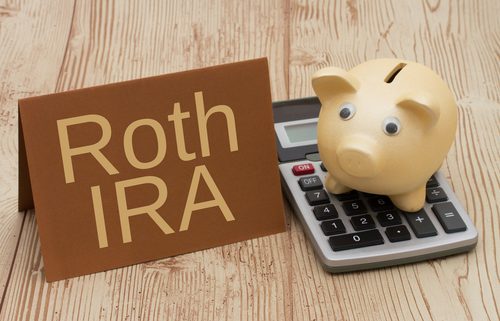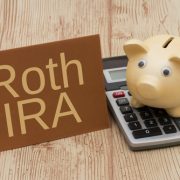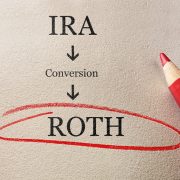The Benefits of Self-Directed Roth IRAs for Long-Term Investors
Retirement planning is essential for anyone who wants to enjoy a comfortable lifestyle after leaving the workforce. Self-Directed IRAs are an increasingly popular option for investors who want more control over their retirement savings. A Self-Directed Roth IRA is a type of retirement account that allows investors to make after-tax contributions, which grow tax-free and can be withdrawn tax-free in retirement. In this post, we will discuss the benefits of Self-Directed Roth IRAs for long-term investors—especially people thinking about what happens to their money even well after the age of 70.
Tax-Free Withdrawals in Retirement with Self-Directed Roth IRAs
One of the most significant benefits of a Self-Directed Roth IRA is that qualified withdrawals in retirement are tax-free. This means that investors can withdraw their earnings without having to pay federal income taxes, as long as they meet certain requirements. For example, the account must be at least five years old, and the investor must be over 59 ½ years old, to meet these guidelines. The good news? Those are typical qualifications for many retirement investors.
This tax-free withdrawal feature makes a Self-Directed Roth IRA an excellent option for long-term investors who want to maximize their retirement savings and minimize their tax liability.
Flexibility in Investment Options
Another significant benefit of a Self-Directed Roth IRA is that investors have more control over their investment options. With a Self-Directed Roth IRA, you can invest in a broad range of assets, including real estate, private equity, precious metals, and more. This flexibility allows investors to diversify their portfolios and potentially earn higher returns.
It’s essential to note that investing in alternative assets comes with more risk and requires more due diligence. However, for investors who are willing to do their research, a Self-Directed Roth IRA can offer a wide range of investment options like those mentioned above.
In addition to providing more control over investment options, a Self-Directed Roth IRA also offers tax-free growth and withdrawals. With a traditional IRA, contributions are made with pre-tax dollars, and taxes are paid when withdrawals are made during retirement. In contrast, Roth IRA contributions are made with after-tax dollars, but withdrawals in retirement are tax-free.
This can be especially beneficial for long-term investors who expect to be in a higher tax bracket during retirement than they currently are. Additionally, Roth IRAs do not require investors to make mandatory withdrawals at a specific age, giving them more flexibility in retirement planning. It is important to note that not everyone is eligible to contribute to a Roth IRA due to income limitations, but for those who are eligible, it can be a powerful tool for retirement savings.
No Required Minimum Distributions
Unlike Traditional IRAs, Self-Directed Roth IRAs do not require investors to take required minimum distributions (RMDs) once they reach a specific age. This means that investors can continue to let their accounts grow tax-free for as long as they want. This feature is especially beneficial for long-term investors who want to maximize their retirement savings and leave a legacy for their heirs.
To put it simply? A Self-Directed Roth IRA is an excellent option for long-term investors who want more control over their retirement savings. With tax-free withdrawals in retirement, flexibility in investment options, no required minimum distributions, and tax-free withdrawals for qualified education expenses, a Self-Directed Roth IRA can provide a range of benefits for investors.
Interested in learning more about Self-Directed IRAs? Contact American IRA, LLC at 866-7500-IRA (472) for a free consultation. Download our free guide or visit us online at www.AmericanIRA.com.










